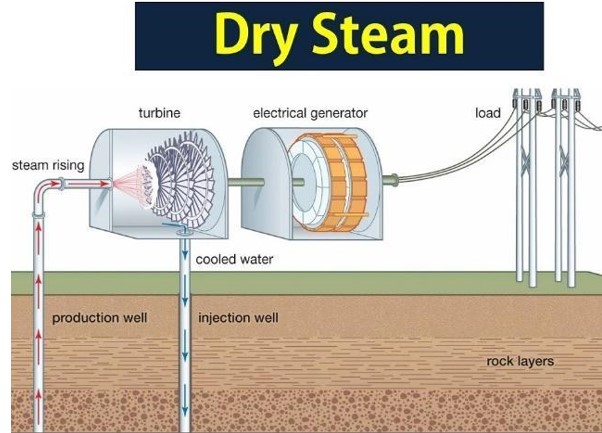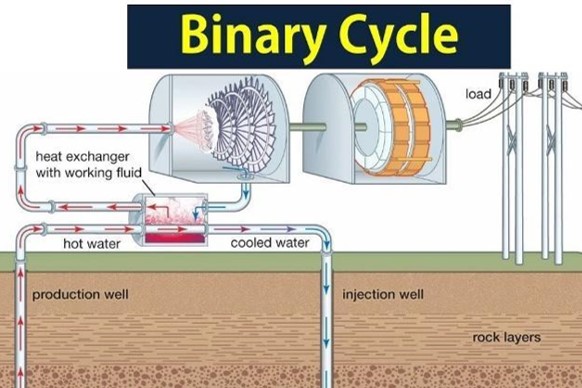- Definition and Types of Energy
- Myths And Misconceptions About Energy
- The Relationship Between Energy and Environment
- Climate Change and Carbon Footprint
- Greenhouse Gas Effect
- The Role of Human-Induced Greenhouse Gases and Energy Consumption
- Energy Efficiency and Sustainability
- Renewable Energy Sources and Future Perspectives
- Play and Learn
- Solar Energy Conversions
- Solar Energy Worldwide
- Solar Energy in Partner Countries
- Positive and Negative Impacts
- Technologies for Harnessing Solar Energy
- Solar thermal energy technologies and applications
- Electricity Generation Methods
- Passive Heating and Cooling of Residences with the Sun
- Concentrator solar power (CSP) systems and electricity generation
- Systems and Applications That Generate Electricity directly from solar rays
- Photovoltaic Cells and Panels
- Domestic PV Systems
- Off-Grid PV Systems
- Hybrid Connected Systems
- Materials Used in PV Cells
- Play and Learn
Electricity Production from Geothermal Energy
Geothermal power plants generate electricity using steam turbines, as in thermal power plants. Depending on the temperature and composition of the geothermal fluid, electricity is generated through three different systems:

In this method, the superheated steam (approximately 1500°C) coming out of the underground is directed directly to the turbines to produce electricity.

The pressure of the hot fluid taken from the source is reduced by separators and water and steam are separated. The steam obtained is used in turbines to produce electricity, while some of the water is sent back underground.

It is a method used to benefit from low temperature geothermal resources. In this system, the hot geothermal fluid heats a second fluid and vaporizes it, and the vaporized second fluid is used in turbines.